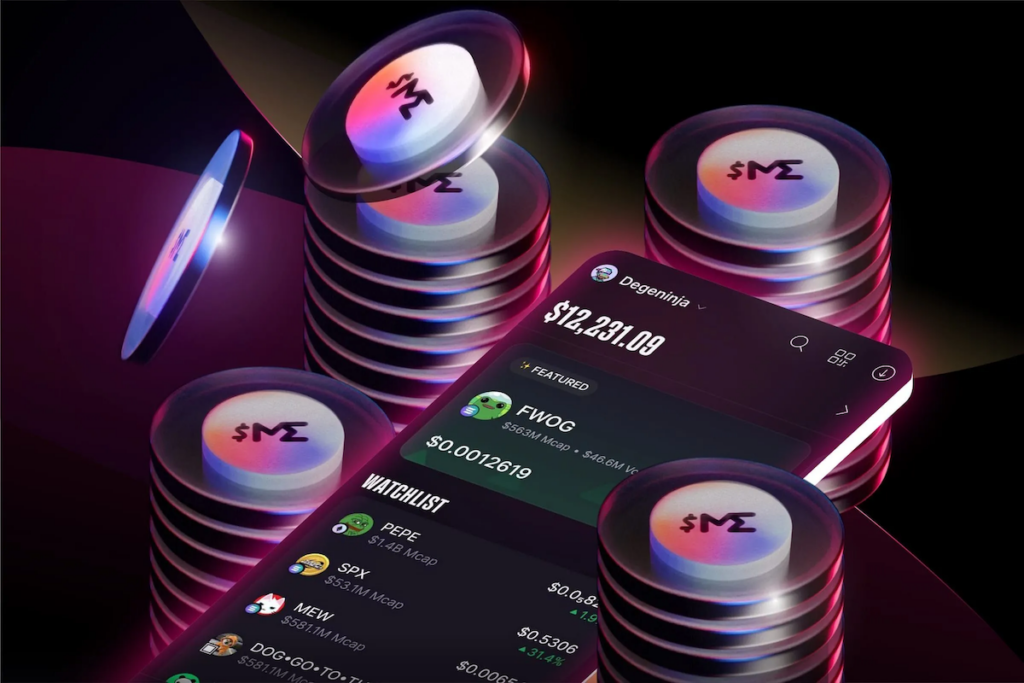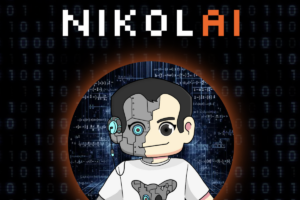Telecommunications companies are rushing to implement appropriate technological solutions as the Covid-19 epidemic hastens the digital transition process. Businesses now want to create new consumer interactions and eventually open online marketing and sales channels in the Metaverse amidst the NFT hype.
Many businesses have indeed embraced the Metaverse’s virtual world and begun marketing in this new environment, where they can connect with clients and generate new experiences and commercial prospects.
NFTs are an approach to gaining entry into the Metaverse. Moreover, foreign films, vintage cartoons, artwork, and digital products all get a new lease of life and worth from them. As a result, the Metaverse’s growth necessitates the creation of new marketplaces. An NFT avatar valued at several million dollars, for example, would no longer be available for purchase on online shopping sites or in stores.
Metaverse: What are NFTs?
Non-fungible tokens indicate a person’s large amounts of digital resources like social media postings, digital art, paintings, signatures, and more. NFTs can represent the tokenized form of real-world assets, like land and buildings, in addition to intangible or digital material.
On the other hand, NFTs and the technology that underpins them are critical to the Metaverse’s development. NFTs operate on the blockchain, which is still being used to exchange digital assets but now has a wide range of applications.
When we show the function of NFTs in Metaverse’s digital environment, we can see how they connect with current AR and VR technologies to manage the whole space.
Integration of Digital and Real-World Elements
We all know that businesses may now invest, market and promote themselves via the Metaverse and NFTs. Additionally, there’s no denying the fact that NFTs are one of the Metaverse’s components. Evidently, NFT ownership may be defined and exchanged using blockchain technology.
The growing use of the Internet has fueled the construction of picture-perfect imaginary worlds that allow people from all over the world to connect in new ways. People can now interact, accept challenges, and trade props, information, and photographs in the same environment. The marketing of game reality also requires artificial intelligence technology, such as deep learning and audience targeting, to communicate with the public.
Changing the Gamer’s Future
As an immersive, upgraded, and better gaming practice is now available, the games sector is experiencing a lot of attention in the Metaverse. Most importantly, Metaverse enables individuals to interrelate with their simulated environments realistically.
As a result, interesting video games are now being brought back by their creators. They are witnessing a better level of participation by individuals. This has been made possible through the use of innovative special effects and digital avatars. The goal of gaming in the Metaverse is to establish and strengthen bonds. On the other hand, virtual worlds let people fully engage themselves in the digital domain.
Final Verdict on NFT Hype
Of course, the Metaverse and NFTs are linked, and one is completely reliant on the other. The exchanging of NFTs is projected to govern at least half of the business growth on Metaverse in the coming years if the Metaverse provides a profitable platform for NFT owners.
We will see that the Metaverse and NFTs will dominate the digital domain in a couple of years, thanks to the uses they will offer to the globe, especially Generation Z and beyond. This makes us believe that, whatever the reason for the buzz is, the Metaverse and NFT hype is REAL!




